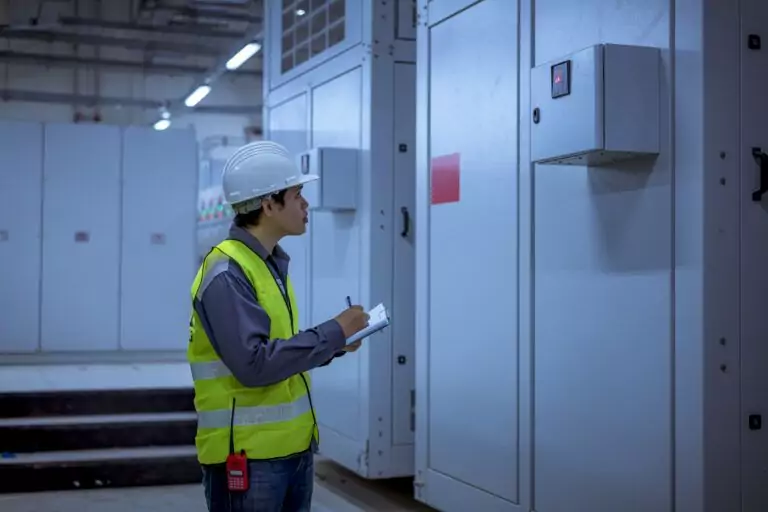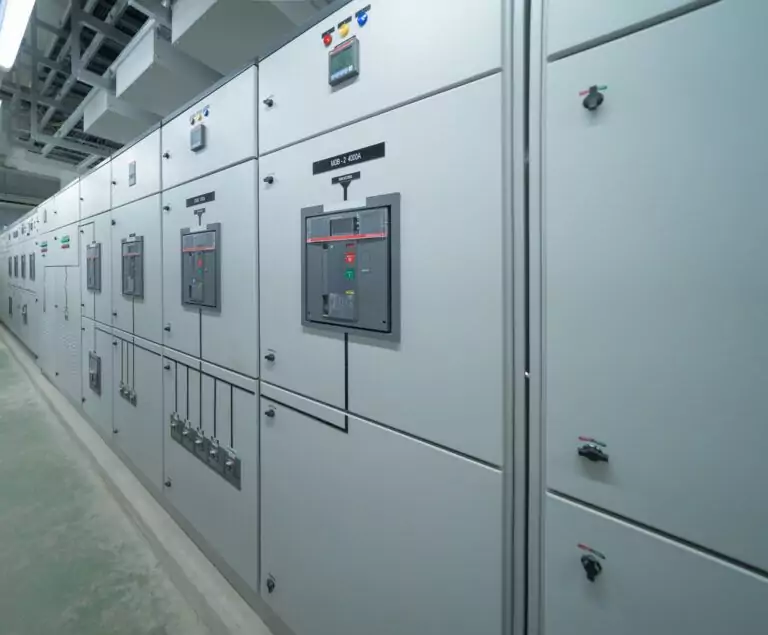North America’s energy transition is primarily driven by climate change concerns, falling renewable energy costs, and government targets.
The transition includes using a diverse mix of renewable energy sources, such as solar, wind, hydro, geothermal, and bioenergy, instead of relying heavily on fossil fuels.
Both the U.S. and Canada have implemented policies to support the deployment of renewable energy technologies, with some states and provinces having their own targets and policies.
The transition requires investments in new technologies, infrastructure, consumer behavior, and public policy changes. So, what role do solar and wind energy play in the energy transition in North America?
Let’s dive in to find out more.
How Much of the Energy Mix Does It Make Up?
Solar and wind power make up a small portion of the North American energy mix, but their share is increasing. In the U.S., it accounted for 13% of total electricity generation in 2021, up from less than 1% in 2010.
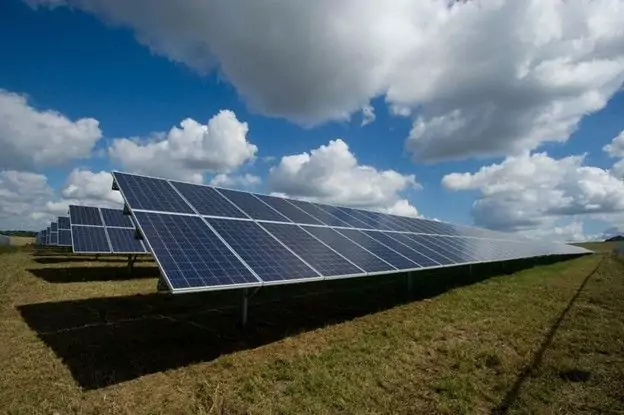
In Canada, renewable energy contributes more than 18% of the energy mix, with hydroelectric power leading the way and more projects to come. In 2020, Canada got approximately 7% of its energy from solar and wind, with the share varying by region and state/province, with some areas having more favorable conditions and aggressive policies for deployment.
Two provinces in Canada are leading the way in solar and wind power:
Ontario
Ontario has set a target of generating 50% of its electricity from renewable sources by 2025 and has implemented several policies to support the deployment of solar and wind power. Ontario has also begun phasing out coal-fired power plants, significantly reducing the province’s greenhouse gas emissions.
Quebec
Quebec aims to generate 75% of its electricity from renewable sources by 2030. The province has a significant hydroelectric power generation capacity and has invested in wind and solar power.
Two states in the U.S. are leading the way in solar and wind power:
California
In 2020, California set a goal of achieving 100% carbon-free electricity by 2045. In 2022, on May 8th, California produced enough renewable energy to meet 103% of consumer demand for a little while. There is still a long way to go, but the renewable energy pioneer seems set to stay at the head of the pack.
Vermont
Vermont has set a goal of generating 90% of its electricity from renewable sources by 2050 and has implemented some policies to support solar and wind power. Vermont has also been working to increase energy efficiency and reduce energy consumption.
It’s worth noting that most states and provinces, in some capacity, are working on solar and wind power. For instance, Texas accounts for the most wind power of any state in the U.S., and this list is only a snippet of a much bigger, multi-faceted, and complex tapestry.
The Technologies and Infrastructure Powering Solar and Wind in The Energy Transition
Several new technologies and infrastructures are needed to drive the growth of solar and wind power in the energy transition. Many of them are in various stages of development and use, with significant ideas and breakthroughs in:
Energy Storage
One of the main challenges of renewable energy sources such as solar and wind power is that they are intermittent, meaning their availability varies depending on weather conditions. Energy storage technologies, such as batteries, pumped hydro, and compressed air energy storage, can make the power more dependable.
Smart Grid
Smart grid technology is used to improve the efficiency and reliability of the electricity grid. It enables the integration of renewable energy sources such as solar and wind power and allows for real-time management of electricity demand and supply. Smart grid technology also integrates distributed energy resources, such as rooftop solar and electric vehicles.
Electric Vehicles
Electric vehicles (EVs) are another vital aspect of the energy transition. EVs can be charged using renewable energy sources such as solar and wind power, thus reducing dependence on fossil fuels. Additionally, EVs can act as mobile energy storage by returning energy to the grid through vehicle-to-grid (V2G).
High-Voltage Transmission Lines
As renewable energy sources such as solar and wind power are often located in remote areas, new high-voltage transmission lines are needed to transport the energy from where it is generated to where it is needed.
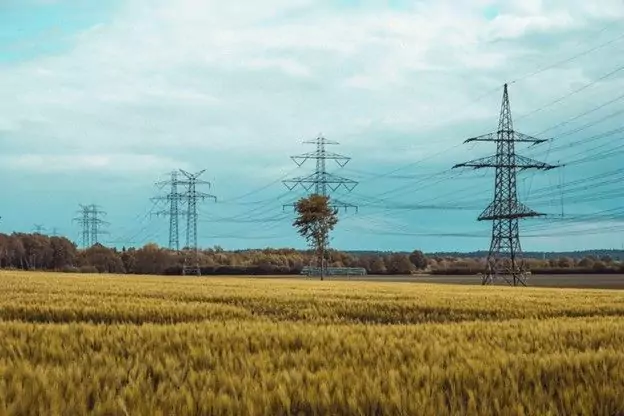
Offshore Wind Turbines
Offshore wind turbines are another critical technology that can help grow wind power. Offshore wind turbines can take advantage of more robust and consistent winds and be closer to population centers, reducing the need for long transmission lines.
Advanced Solar PV Systems
New advances in solar photovoltaic (PV) systems, such as high-efficiency cells, bifacial modules, and trackers, are helping to improve performance and reduce solar power costs.
Overall, these new technologies and infrastructure are crucial to integrating renewable energy sources such as solar and wind power into the grid, making them more reliable and cost-effective, and enabling the growth of the renewable energy sector in the energy transition.
The Drivers Behind Wind and Solar Power in North America
Several factors are driving the solar and wind power revolution in North America:
- Cost – One of the main factors driving the growth of solar and wind power is the significant cost decline. The cost of solar and wind power has dropped dramatically in recent years, making them increasingly competitive with traditional fossil fuel sources. This has made it more economically viable for utilities, businesses, and households to invest in solar and wind power.
- Climate Change – Increasing concerns about climate change and air pollution also drive the growth of solar and wind power. Unlike fossil fuels, renewable energy sources such as solar and wind power do not produce greenhouse gases. This makes them an attractive option for reducing carbon emissions and slowing climate change.
- Government Policies – Government policies, such as renewable energy targets and incentives, also significantly drive the growth of solar and wind power. Governments in North America have implemented a range of policies to support the deployment of renewable energy technologies, such as feed-in tariffs, net metering, and renewable portfolio standards.
- Technology Advancements – Improvements in solar and wind power technologies have also been a vital driver of the solar and wind power revolution. Advances in materials science, manufacturing techniques, and grid integration have all contributed to making solar and wind power more efficient, reliable, and cost-effective.
- Public Opinion – Increasing public awareness and acceptance of renewable energy sources is also driving the growth of solar and wind power. As more people become aware of the benefits of renewable energy, they are more likely to support policies and investments promoting solar and wind power deployment.
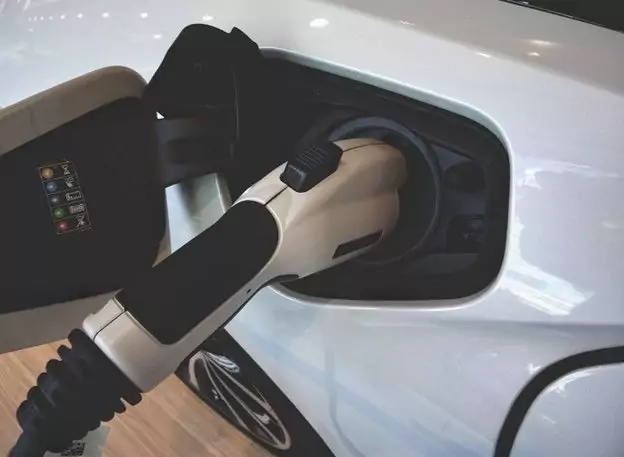
What Does the Future Look Like for Solar and Wind in North America?
Going forward, we expect to see continued growth in the use of solar and wind power in North America. The falling costs of these technologies and increasing concerns about climate change make them increasingly competitive with traditional fossil fuel sources.
This is expected to lead to more investment in solar and wind power, both at the utility scale and in distributed applications such as rooftop solar and community wind projects.
Several new technologies and infrastructures are being developed to improve the reliability and efficiency of solar and wind power. Renewables have a future, given our current times.
Planning a renewable energy project?
Vista Projects is an integrated engineering firm that can assist you with your renewable energy projects. With offices in Calgary, Alberta, and Houston, Texas, we help clients with customized system integration and engineering consulting across all core disciplines. Contact us today!



